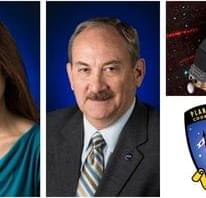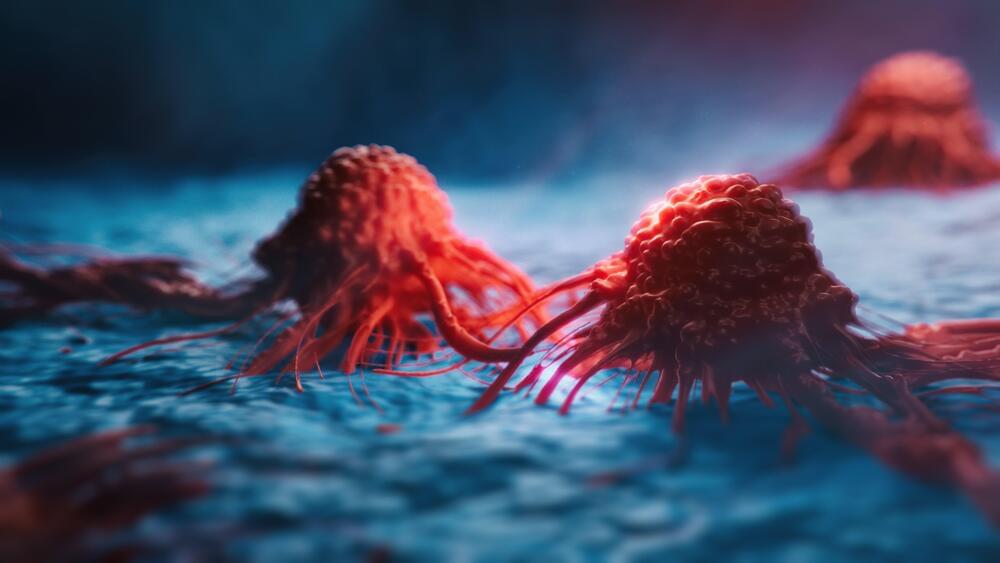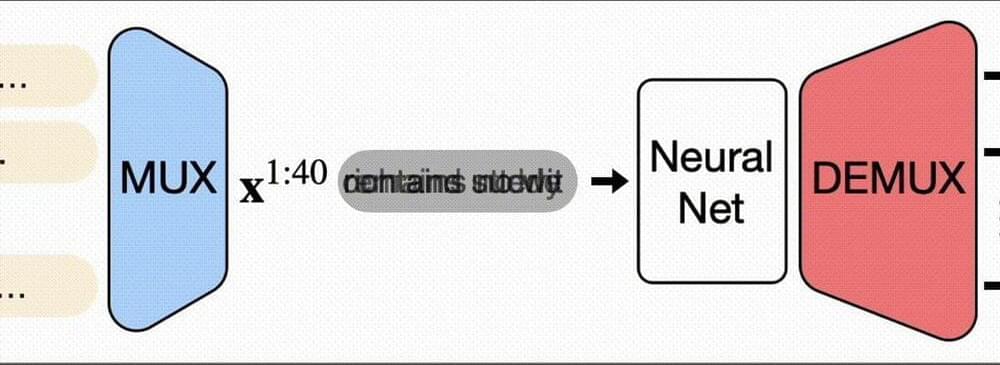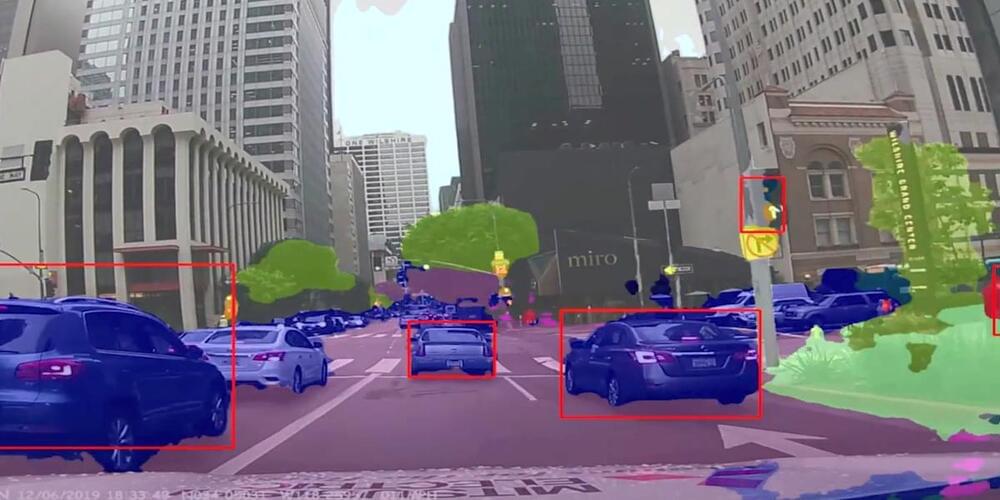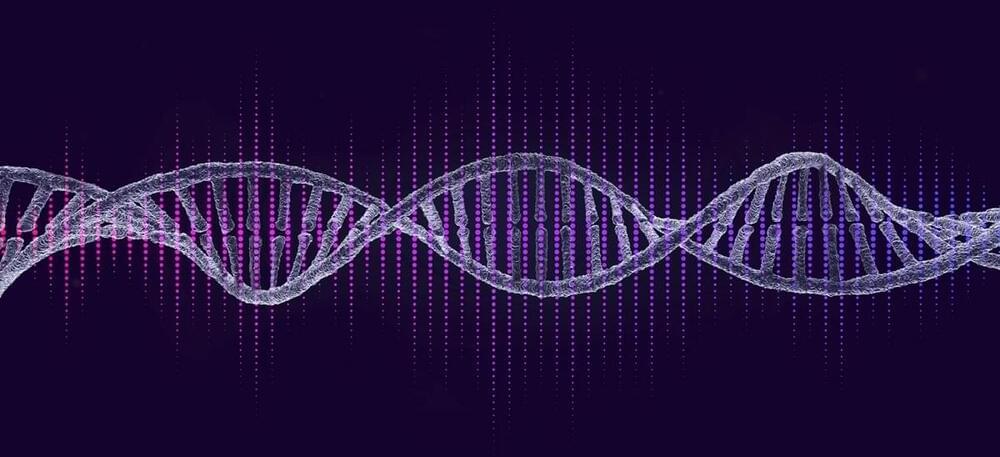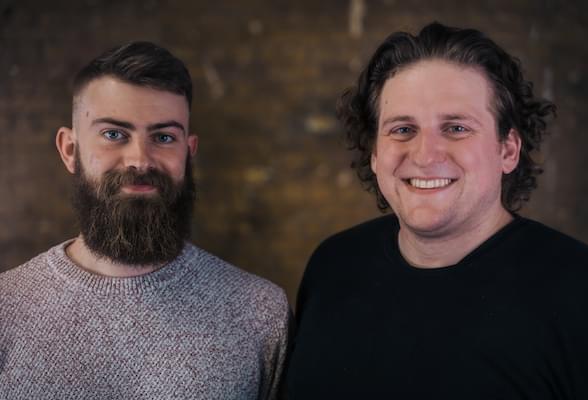
For self-driving cars and other applications developed using AI, you need what’s known as “deep learning”, the core concepts of which emerged in the ’50s. This requires training models based on similar patterns as seen in the human brain. This, in turn, requires a large amount of compute power, as afforded by TPUs (tensor processing units) or GPUs (graphics processing units) running for lengthy periods. However, cost of this compute power is out of reach of most AI developers, who largely rent it from cloud computing platforms such as AWS or Azure. What is to be done?
Well, one approach is that taken by U.K. startup Gensyn. It’s taken the idea of the distributed computing power of older projects such as SETI@home and the COVID-19 focussed Folding@home and applied it in the direction of this desire for deep learning amongst AI developers. The result is a way to get high-performance compute power from a distributed network of computers.
Gensyn has now raised a $6.5 million seed led by Eden Block, a web3 VC. Also participating in the round is Galaxy Digital, Maven 11, Coinfund, Hypersphere, Zee Prime and founders from some blockchain protocols. This adds to a previously unannounced pre-seed investment of $1.1 millionin 2021 — led by 7percent Ventures and Counterview Capital, with participation from Entrepreneur First and id4 Ventures.

